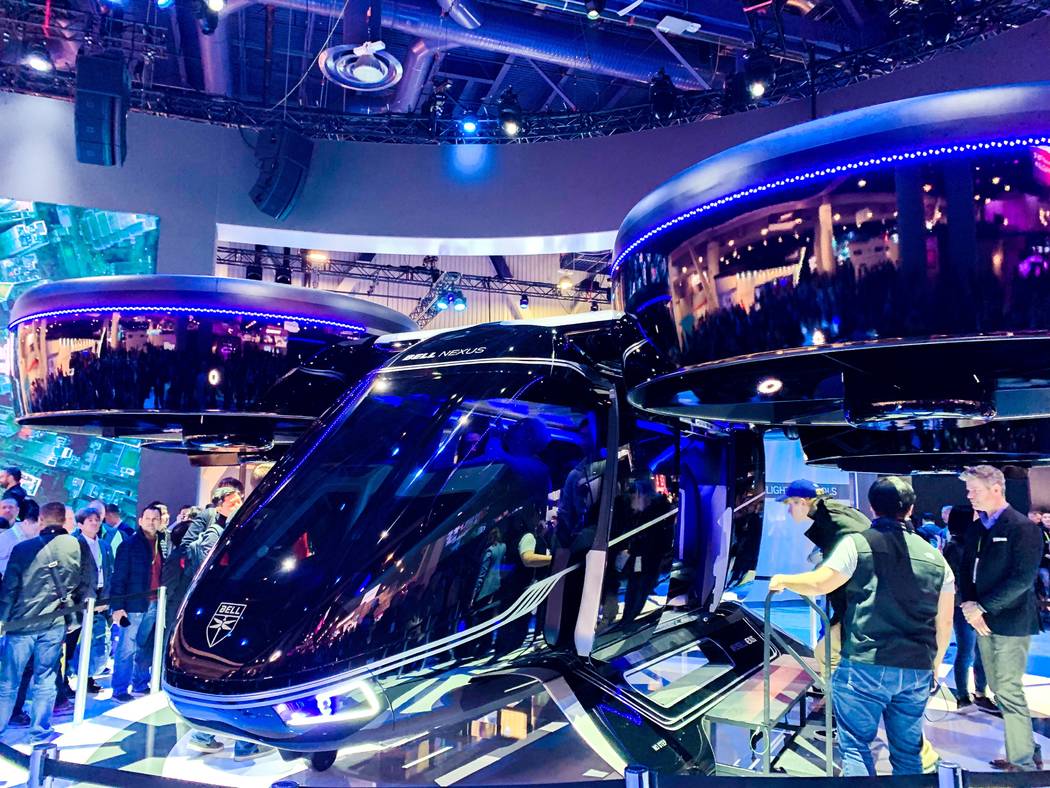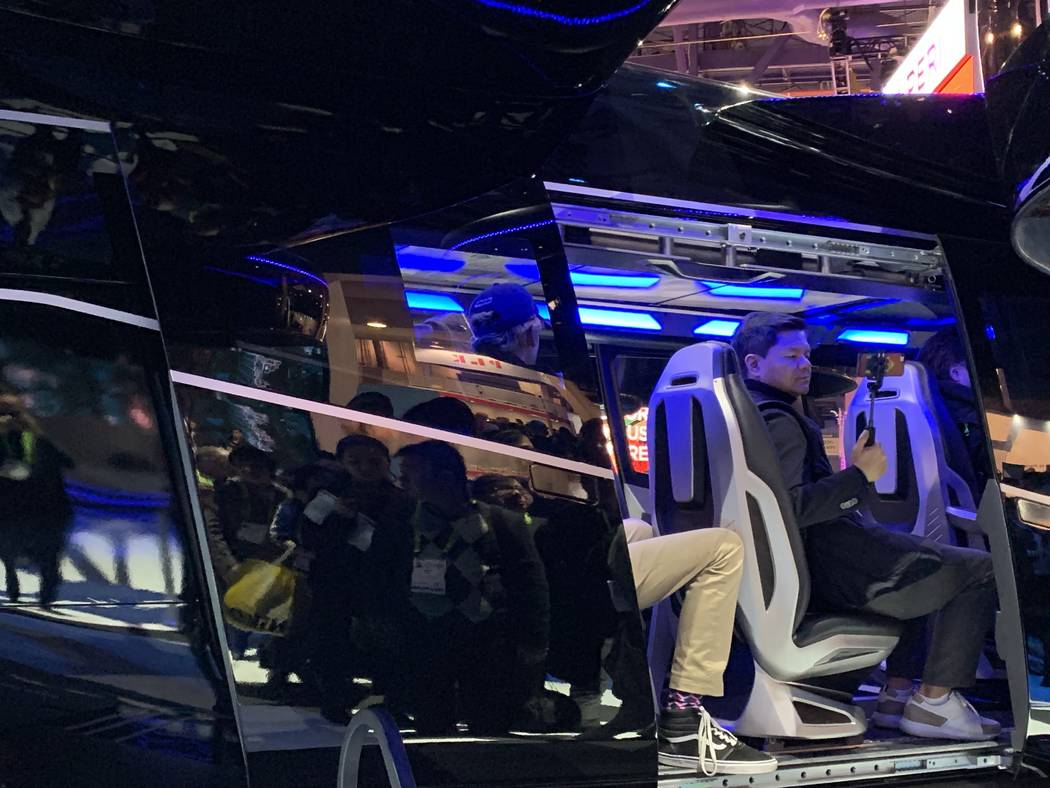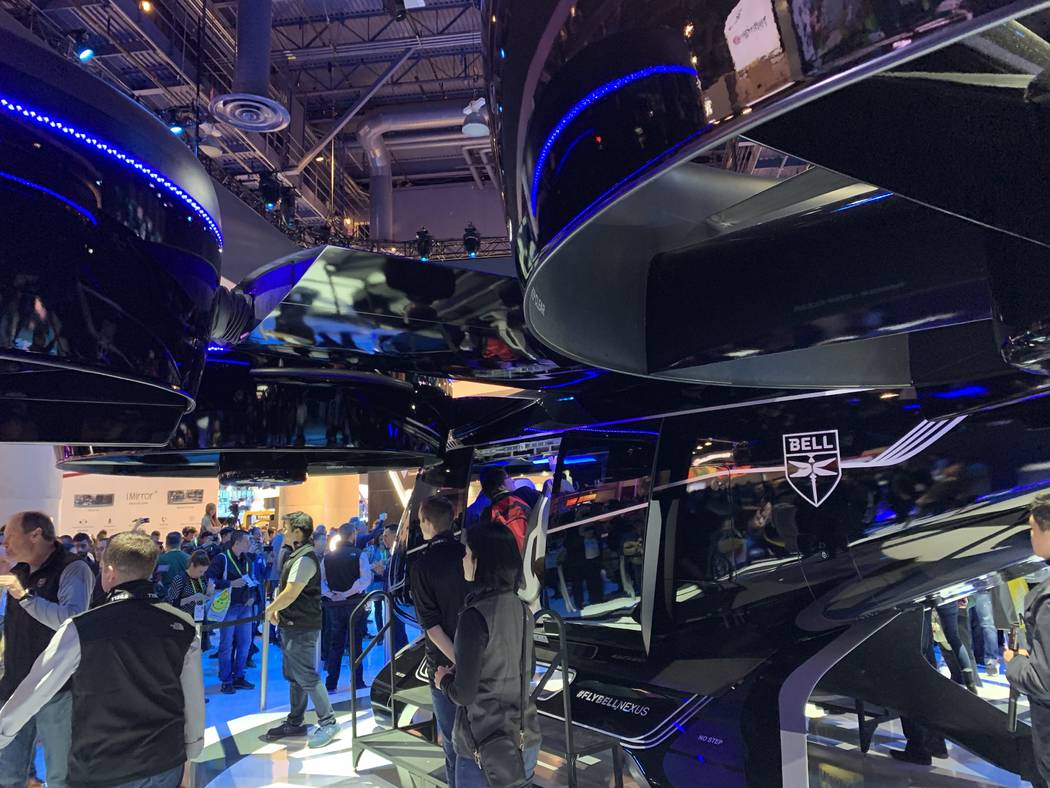CES 2019: Uber planning flying taxis in 3 cities next year — VIDEO




Soon the skies above urban areas could look like a scene straight out of the Jetsons.
The feasibility of flying taxis becoming the next big thing in urban transportation is a buzz at this year’s CES.
Multiple conferences and booths dealing with flying cars are present at this year’s gathering of technology companies, the city’s largest annual trade show by volume.
None are getting more attention than a test project that ride hailing giant Uber and aircraft manufacturer Bell are ready to launch as early as next year.
Part of its “elevate aviation” initiative, Uber, along with Bell, plans to operate a network of small, electric aircraft in three cities — Los Angeles, Dallas and an unnamed international city — in 2020, with around 10-12 aircraft in each market, according to Tom Prevot, director of airspace systems at Uber Elevate.
“These are going to be flights under an experimental certificate,” he said. “There we can prove out those vehicle technologies and we will then scale through simulated flights, so we can test the air space properly.”
Uber plans to further roll out the program commercially in 2023, beefing up the number of aircraft in each city to 50, with the number rising into the hundreds and higher as the program progresses.
“We feel it needs to be a large-scale operation to really make it successful and affordable for everybody” Prevot said.
Prevot believes the timeline is realistic, especially with companies like Bell, with its “Bell Nexus” aircraft model, which was unveiled Tuesday at CES, involved.
“We believe that is very reasonable,” said Matt Michael Thacker, vice president, technology and innovation at Bell. “Whether its 2023 or 2025, we believe that a certified operation is realistic in the mid-2020s.”
Bell’s Nexus aircraft is about the same size as a traditional helicopter, but is configured differently, making it quieter and more environmentally sound. Instead of one large rotor, like a traditional helicopter, the Nexus features six ducts around the aircraft, which minimizes noise.
“The No. 1 driver for noise on rotorcraft is the tip speed. The larger the blade, the faster it rotates, the higher the noise,” Thacker said. “By dividing that down into six rotating systems within the ducts, it brings down the tip speed, which gives you a magnitude reduction in noise, making it safer and quieter.”
The flying vehicle would allow four-person ridesharing flights in densely populated urban markets. The aircraft will travel at speeds between 150-200 mph, which will allow riders to cut down on their daily travel time.
The planned price for the first commercial operation of uberAIR has yet to be determined, but is likely going to be much higher than any service the company currently offers. After the commercialization of the system grows and more aircraft are in use, the ultimate goal is to get the price to about 50 cents per passenger mile.
“As the technologies are substantiated and we get to the scale of thousands of vehicles in the system, the price will come down and get into that (50 cents per passenger mile) range,” Thacker said.
The flying taxis will take off and land from predetermined areas called vertiports.
Located in high volume areas in cities, the goal is to have them in a space where people already are.
“Some are near sports stadiums and other community events centers and those are great locations,” Thacker said. “In the Dallas/Fort Worth, Texas area, we’ve been working with a developer. As they develop new living communities with shopping centers, hospitals and living areas, they’re integrating into that the idea of a vertiport as one of the hubs of commerce in that city.”
The initial flights will feature a pilot, but the end goal is for the uberAIR service to operate autonomously.
Adding additional cities to the initial three, like Las Vegas, is a possibility, depending on how the initial launch plays out, Prevot said.
“We’re looking at all possible cities in the long run, but we picked Dallas and Los Angeles to start out as early adapters because they have a lot of the right properties that we’re looking for,” Prevot said. “Other cities potentially have those properties as well and eventually we operate this in any of the urban areas, and Las Vegas is certainly one of them.”
As with automobiles, congestion could present an issue once the system is up and running and hundreds to thousands of flying vehicles are above cities.
Air congestion has more possible solutions, as the aircraft aren’t bound by roads and streets that are in place, Thacker said.
“By going to the third dimension and opening new pathways than what exist on the ground today, we can alleviate that opportunity and make the cities more mobile and livable, making for a high quality of life,” he said.
Contact Mick Akers at makers@reviewjournal.com or 702-387-2920. Follow @mickakers on Twitter.













